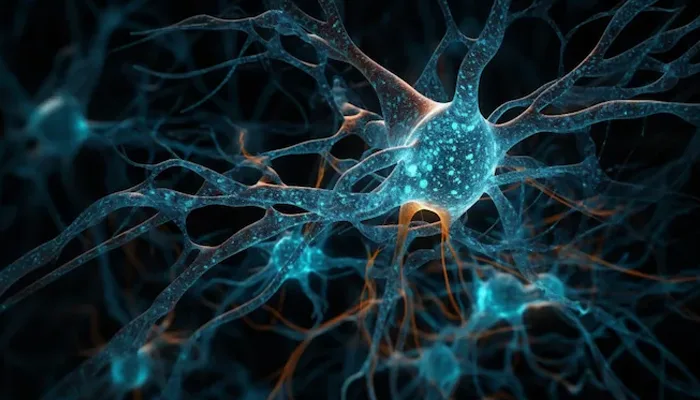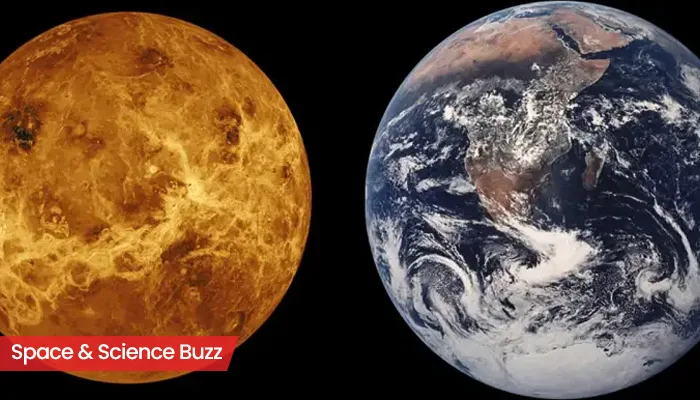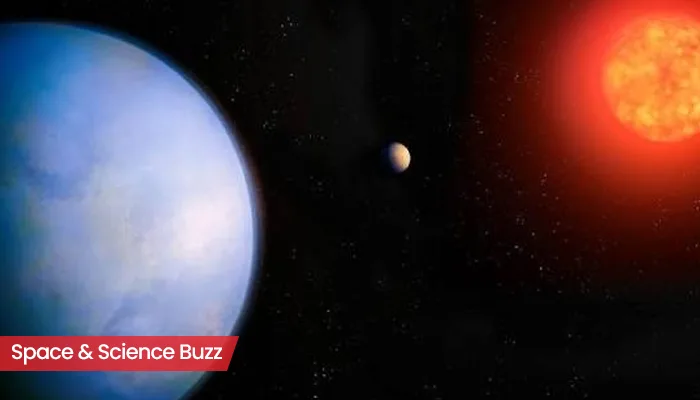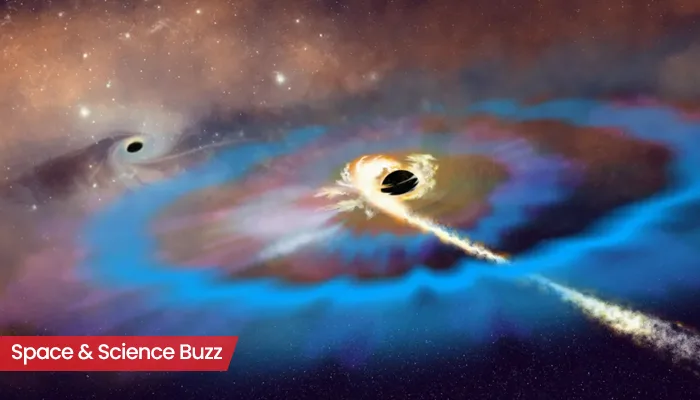.webp)
Here are today’s most important updates from the realm of Science and Space.
Scientists Discover a New Moon Dancing Around Earth: It’s Called Arjuna
Earth has a new celestial companion, a small asteroid named 2025 PN7, recently confirmed to be our planet’s latest quasi-moon, or quasi-satellite. According to a new research paper, “Meet Arjuna 2025 PN7,” this space rock has been looping around Earth in a complex orbital dance since the 1960s and will continue to do so until the 2080s. Discovered in 2025, PN7 belongs to a special group of asteroids known as the Arjuna class, objects that move around the Sun in orbits very similar to Earth’s. These asteroids are not gravitationally bound to our planet like true moons, but they remain nearby for long periods, tracing looping paths that make them appear as if they are orbiting Earth when viewed from a rotating reference frame.
Inside Google’s Quantum Revolution: The Power of the Willow Chip

In a historic leap for computing technology, Google has announced that its Willow quantum processor has achieved the world’s first verifiable quantum advantage, a milestone published in Nature on October 22, 2025. The breakthrough centres on a new algorithm, Quantum Echoes, which runs 13,000 times faster than one of the world’s most powerful supercomputers, marking a moment long anticipated by scientists and technologists alike. Sundar Pichai, CEO of Google and Alphabet, shared the news on X, calling the achievement a step toward the first real-world applications of quantum computing.
India’s Stargazer Captures a Once-in-a-Lifetime View of Comet Lemmon Over Ladakh
(Credit: Instagram)
Indian astronomer Dorje Angchuk shared a breathtaking view of Comet Lemmon as it put on a spectacular show in the night skies of Hanle, a small village in the Leh district of Ladakh. Social media users were left awestruck after witnessing the comet with a green tail streaking across the sky. "Even in the quiet skies of Hanle, Comet Lemmon shares its stage with the ever-growing traces of human presence," Angchuk, an engineer at the Indian Astronomical Observatory, Hanle, wrote as the caption. Comet Lemmon was first recorded earlier this year on January 3 by the Mount Lemmon Survey. NASA recently revealed that the comet is headed into the inner Solar System and is expected to pass the Sun on November 8 after coming its nearest to the Earth on October 21.
Are Dreams the Brain’s Night Shift? Scientists Find Surprising Clues

An international team of neuroscientists has unveiled the world’s largest open-access database of brain activity during sleep and dream reports, marking a major leap in the scientific study of human consciousness. Called DREAM (Dream EEG and Mentation), the project compiles more than 2,600 awakenings from over 500 participants across 20 separate studies, offering an unprecedented resource for understanding when, how, and why we dream. Researchers found that dreams also arise during deeper, calmer non-REM (NREM) stages, when the brain’s electrical patterns resemble wakefulness rather than deep rest—as if the brain were “partially awake.”



.webp)
.WEBP)
.WEBP)
.webp)
.webp)


.webp)
.webp)
